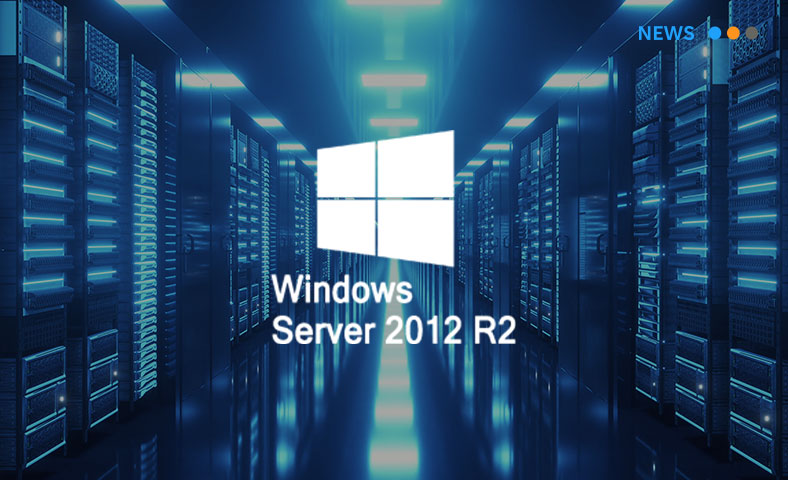Si migramos a la nube que pasará con nuestro departamento de IT
July 14, 2016Don’t tell me you don’t use Cloud because Security Issues
August 14, 2016There is no tool or solution that can tell you exactly how much investment your company might need for implementing a Cloud Software Project, giving the huge number of variables in terms of functional needs, business processes, business scenarios, adherence to standard functionality, integration requirements, number of countries, number of languages, number of companies, warehousing sites, ways of connecting with business partners and so on…
However, we will try to give you some valuable information and tips on what you could expect from a proposal for implementing a Cloud project in your company.
Generally speaking, the investment required for any given Cloud software solution should require only two items, but there are others that must be considered when a thorough analysis of costs and resources are required. The basic two investment elements are:
- A subscription fee to the software (which might be monthly, quarterly, annually or even in some cases in a “pay what you use” format), which can be a function of the number and type of users, number of packages, add-ons, maximum storage capacity and so on. Depending on the vendor you might find other factors.
- An implementation project, which is the most difficult part of the equation in order to have a clear picture of the costs involved, since, as introduced before is a function of the scope and depth of functionality you would like to implement and business processes to be configured.
And optional but often necessary elements in your Cloud software project to be considered are:
- Normally, and after implementing your project, your trusted vendor or consulting company might offer you additionalsupport services in case your company does not have the structure, knowledge or experience to efficiently support the end users of the new cloud applications. These services are very important right after your Cloud software goes live.
- System administration and application management, yes, don’t look that surprised. Even if SaaS takes our many IT burdens such as backups, patches, operating system and database maintenance and more, you still need some IT for taking care of your networking, user account management, interface configuration, security policies and some more. It will be up to the Cloud software you are implementing that these tasks will take more or less resources. In your project, add some IT resources time which will be certainly needed.
Now, let´s analyze which are the variables involved in order to get an estimate of how much an implementation project could cost:
- The most that your company and your needs matches those of “standard best practices” processes as they come in your selected Cloud solutions, the less time it will take to implement, easiest, less risky and of course, more economical the project will be.
- If your company has such complicated business processes, which you do not want to change (maybe instead of change, think of the work, evolve) then consider the following:
- Definitively, you have to search for a solution that matches the largest number of processes, or alternatively, the solution that matches your most critical processes
- Let´s be honest: It is unlikely that you find a solution that matches 100% your needs, unless you would like to use an implementation to change the way you work today and adapt it to the way the software works today (and let me tell you, that majority of cases, this can be a great idea, since software makers are constantly configuring best practices from the industry).
- Following Paretto´s rule, if you have a 20% of your processes which are not part of the standard functionality of the solution you chose, it is much likely that configuring or developing that 20% is going to take 80% of the effort, while 80% of your needs covered by the standard functionality will only cost 20% of the total project. In order to lower the final cost, some compromise is advised. Try to adjust some to standard functionality and leave for additional development the most absolutely critical processes.
- You must seriously consider also that as much as you can stay within the standard functionality, the more time to value you get from your investment.
- Besides the issue of the non-standard functionality, other variables that will impact your Cloud software project pricing are the following:
- Number of countries and locations, and whether the solution is localized or not for those countries. Take into consideration that specifically the areas of finance, tax reporting and human resources are very much dependent on country legislations, which also can vary often. Try not select a solution that it´s not localized for your countries of operations. Localization can be very hard and costly. Or ask your provider to tell you about their roadmap.
- Number and type of interfaces/integration needed. In a global economy, having online and automatic data transfer between you and your business partners (banks, customers, prospects, vendors, logistics providers, and son on….) is not only advisable, it´s critical for your business growth and success. In this area there are many options, from free “wearable” ready to use tools and web services in the cloud, to more sophisticated middleware integration tools, to custom made integration programs, to vendor specific interface applications.
- Without getting information and insights into your business, often you might go blind into taking the right strategic decisions for your company profit and future. This is one of the areas that have evolved more rapidly in the Cloud, and you should be very careful in selecting your cloud software solution, that either includes the analytics you need or have an additional package that does. Do not just care for reporting (basic analytics), but aim for real insight. Again, if the analytics you get in the standard solution is not there or it´s not enough, budget for either a paid solution extension or a consulting company designing and developing additional analytics for you.
- Social and Mobile. While it´s still possible that your company might not do social and might not work mobile, it´s very unlikely you won’t in the near future. Both components Social and Mobile are an integral part of the Global Cloud. Make sure you plan for that, or select cloud applications that already have solutions for both.
- Extensions and Add-ons. A current solution that can cover both your “core processes” and your “back end processes” and all the “satellite or auxiliary processes” your company currently performs is unlikely. For instance, if you have a manufacturing plant, odds are that you have SCADAs or MES systems implemented, which controls and monitors the manufacturing equipments but not the company financials. If you sell online, you need an ecommerce platform and a payment interface that connect with your logistics and your financials, and so on. The number and depth of extensions in the market for most of the largest SaaS vendors is huge. Analyze with care the need for those extensions or add-ons you might need to budget for them.
- Change Requests. The most hated and avoided element in any customer-system integrator relationship, but absolutely necessary for a good governance or any well managed and structured implementation project. In order to avoid them, the only way is to have an extensive analysis of the requirements and have it all clear in the scoping section of your project. But there again, during the projects it is common and even normal to find particular aspects and elements of business processes that were not taken into consideration in the analysis phases of the projects that might require additional configuring or designing of the applications. Let´s make a big note here regarding the difference between implementing a software project in the cloud, to those traditional project most consulting companies are used to:
- Most Cloud software vendors allow for configuring the system in a very limited way, in some cases not even allowing for doing any modification at all by customers or partners
- If you need a minor change in scope, you might do so and ask your system integrator for an estimation and a change request
- If you need a major change in scope, you better plan it for a following phase in your project, because odds are that you might lose a big amount of work done already in the project.
- Training and Enablement. Do not underestimate this element in budgeting for your project. A good thing about application software in the Cloud is that most of them are relatively easy to use. They are all designed thinking about the ease of use and the ease of learning, since all of them are based on Web explorers.
- Delivery Model and Consulting rates. Finally the most obvious variable in pricing a cloud project is which are the rates the consulting firms or system integrators are going to charge. Although this is also a very obvious questions, let´s look closer at what is happening in the case of Cloud software delivery models:
- Global Delivery. By definition, cloud software or SaaS can be accessed by a web browser, so anyone in any place with an Internet Browser can do your project from anywhere.
- Onsite vs. Remote. Remote is always going to be more economic, for the simple reason that now consultants and service providers can even work in more than a project at the same time, for instance while waiting for a customer to map the fields of a migration file they need to process. Most serious companies would offer a mixed model, where there are some onsite sessions and remote services.
- Fixed vs. Time & Material. Most companies working in the Cloud, prefer and offer a fixed priced project, even if in those cases rates are calculated a bit more expensive that regular time & material, but there is less risk for the customers, while pure and simple time & material is good for providers since they have less risks.
- Location of consultants. Since with the global delivery model in the cloud, this is of less concern, the location does not really matter, as long as they “talk your talk” (know the solution, understand your needs, talk your language and if possible know your industry). Therefore, there is a huge opportunity for customers to save big on rates looking for the right service companies.
In conclusion, implementing Cloud Software in general will take less effort and less resources from the customer and from the consulting company, takes away several big chunks of traditional on premises projects and are designed to be quick to implement by bringing best practices and fine tuning options, instead of extensive customization tools. However, there are still many aspects to consider when estimating how much time, effort and resources a cloud software project will take.




